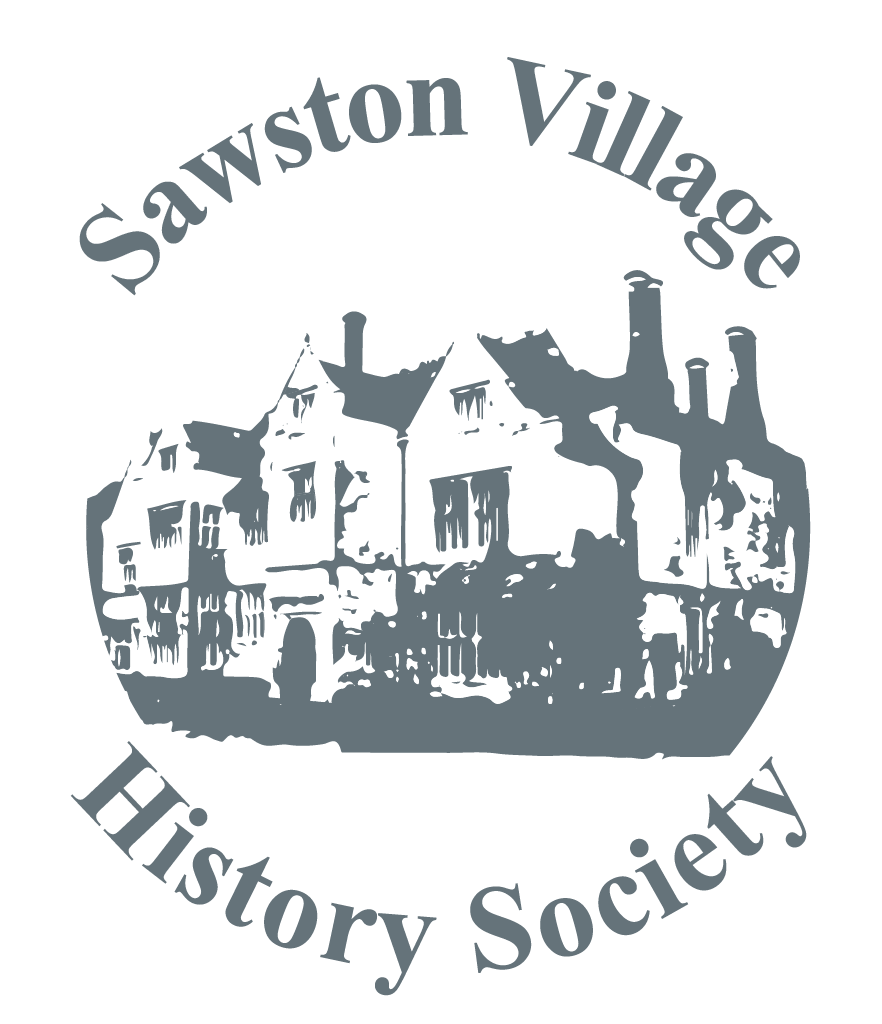
The December meeting was addressed by Marion French on the subject of ‘Workhouses in the Cambridge District’. She first explained that concern over the numbers of poor, and the provision of poor relief throughout the country, had been growing for many years, and in 1571 an Act of Parliament had been passed for setting the poor to work in specially provided premises.
By 1722 churches and parishes were to have much more say on how poor relief was to be managed within their surrounding areas. However, by the late 1820s there was growing dissatisfaction with the system, and this came particularly from the well-represented land owning classes who actually came to bear the brunt of the growing poor-law burden.
By the time of the 1834 Poor Relief Act it became more widely accepted for a union rather than the individual parish to undertake administration and day-to-day running of Poor Law Relief. In most cases the poor were housed in buildings of various sizes, which were not always suited to their purpose.
Looking at Cambridge in particular, a number of buildings used as workhouses were discussed where the poor were housed and provided with employment. We were shown an illustration of the Spinning House in what is now St Andrew’s Street. Here were kept stocks of wool and other materials for providing unemployed textile workers with suitable work. Nonetheless, the main use of this establishment was not as a workhouse, but for the confinement of ‘such lewd women as the Proctors apprehended in houses of ill-fame’.
We were then taken on a visual survey of most of the parish workhouses within Cambridge, and it was surprising to discover the large number of such establishments that once existed within the town. Among the most interesting was St Mary the Great which set up a workhouse in 1734 on the eastern side of Slaughterhouse Lane, now Corn Exchange Street. St Giles had a workhouse accommodating up to twenty inmates; Holy Trinity’s up to twenty-four. Most other parishes also had workhouses including St Botolph, St Clements, St Mary the Less, and the smallest parish of all, St Michaels.
In 1836 Cambridge and Chesterton poor law union was set up. At first it was intended to house around thirty aged males. Some of these men were employed in a mill which was later transferred to the new Union Workhouse in Mill Road. There were also workhouses near to Sawston, in Whittlesford and Linton.
The main diet for inhabitants of workhouses comprised bread, sometimes supported by gruel or porridge. Workhouse broth was usually made from the water used for boiling the dinner meat, perhaps with onions or turnips added. Mercifully the need for workhouses ended early in the twentieth century.
At the end of Marion’s talk we enjoyed our own Christmas function with more tasty fare than was ever served in a workhouse.
Jim Wilson